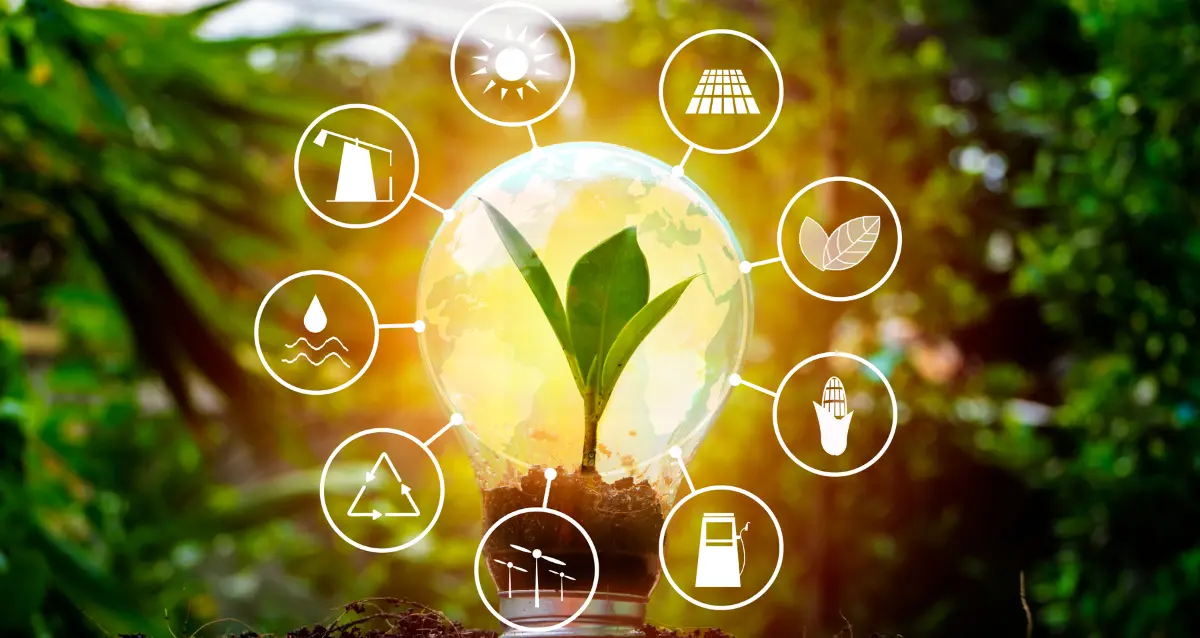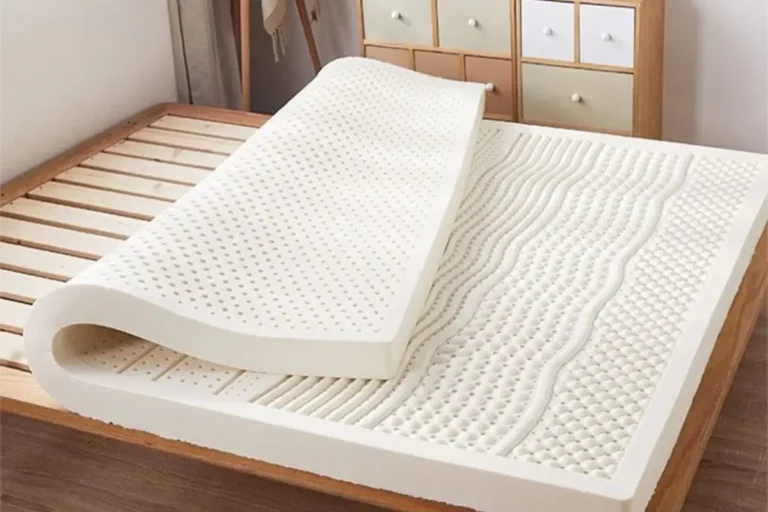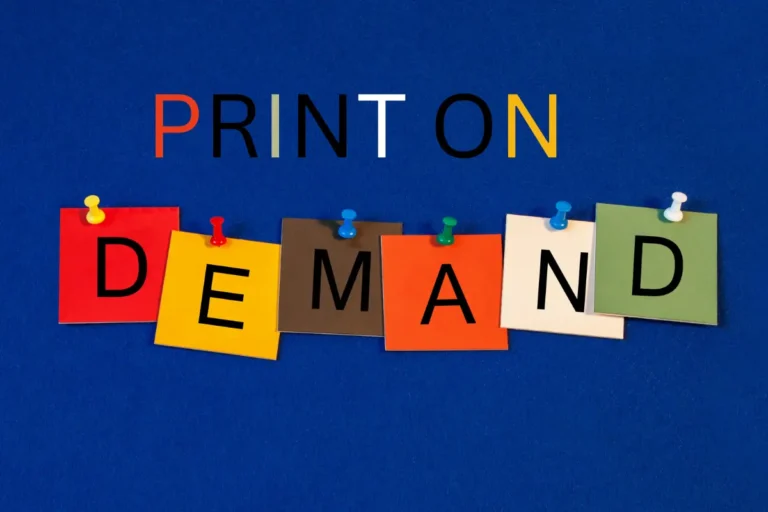Best Off-Grid Power Sources
Off-grid living refers to a lifestyle where individuals or households are not connected to traditional utility grids, such as electricity and water systems. Instead, they rely on self-sufficient and sustainable methods to meet their energy and resource needs. This lifestyle has gained popularity in recent years due to environmental concerns, a desire for self-reliance, and the increasing availability of renewable energy technologies.
Best Off-Grid Power Sources:
Benefits of Off-Grid Living
Living off the grid offers several benefits, including:
- Energy independence: By generating your own power, you are not dependent on utility companies and can avoid fluctuating energy costs.
- Environmental sustainability: Utilizing renewable energy sources like solar, wind, or hydropower reduces your carbon footprint and promotes a more eco-friendly lifestyle.
- Self-sufficiency: Off-grid living fosters a sense of self-reliance and preparedness, as you are responsible for managing your own resources.
- Cost savings: While the initial investment in off-grid systems can be substantial, the long-term savings on utility bills can offset these costs over time.
Evaluating Your Power Needs
Calculating Your Energy Requirements
Before selecting an off-grid power source, it is crucial to assess your energy requirements accurately. This involves creating an inventory of all your electrical appliances, including their power consumption ratings and estimated usage patterns. By calculating your total energy demand, you can determine the appropriate size and capacity of the power system required to meet your needs. Here, the best process will be to consider energy comparison.
Understanding Your Power Consumption Patterns
In addition to your overall energy requirements, it is important to understand your power consumption patterns. Some off-grid power sources may be better suited for certain usage patterns. For example, solar power is optimal for daytime energy needs, while wind turbines can provide a more consistent supply throughout the day and night. Analyzing your consumption patterns will help you choose the right combination of power sources.
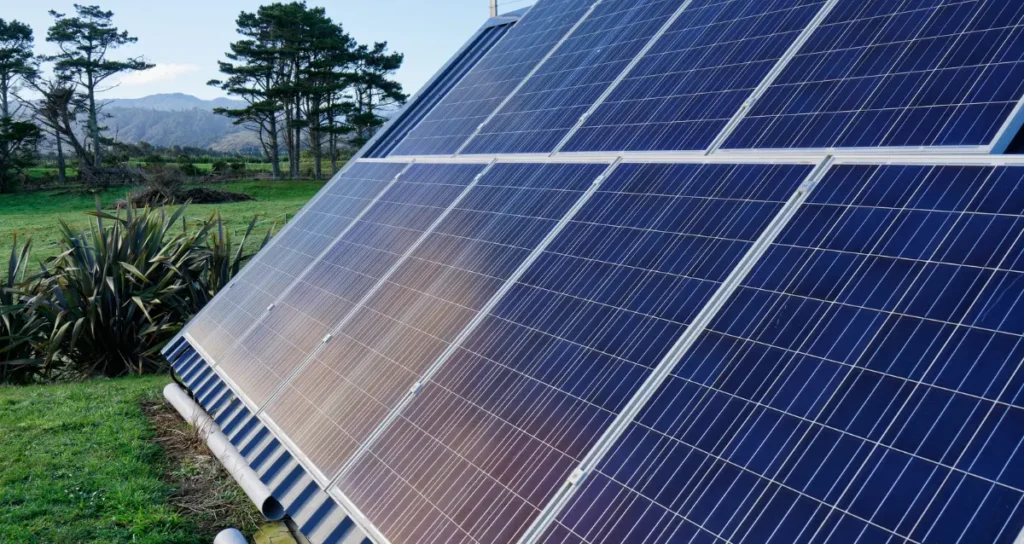
Solar Power Systems
Photovoltaic (PV) Panels
Photovoltaic (PV) panels are the cornerstone of solar power systems. These panels convert sunlight into electrical energy through a process called the photovoltaic effect. PV panels come in various sizes and efficiencies, allowing you to customize your system based on your energy needs and available space.
Solar Batteries
Solar batteries, also known as battery banks, are essential for storing the energy generated by PV panels. This stored energy can be used during periods of low sunlight or at night when the panels are not generating power. Different battery types, such as lead-acid, lithium-ion, or saltwater batteries, offer varying levels of capacity, efficiency, and lifespan.
Solar Inverters
Solar inverters convert the direct current (DC) electricity produced by PV panels into alternating current (AC), which is the standard form of electricity used by most household appliances. Inverters play a crucial role in ensuring that the solar power generated is compatible with your electrical devices.
Pros and Cons of Solar Power Systems
Pros:
- Renewable and sustainable energy source
- Low maintenance costs
- No emissions or noise pollution
- Scalable and modular systems
Cons:
- High initial installation costs
- Dependent on sunlight availability
- Requires battery storage for continuous power supply
- Limited efficiency in certain weather conditions
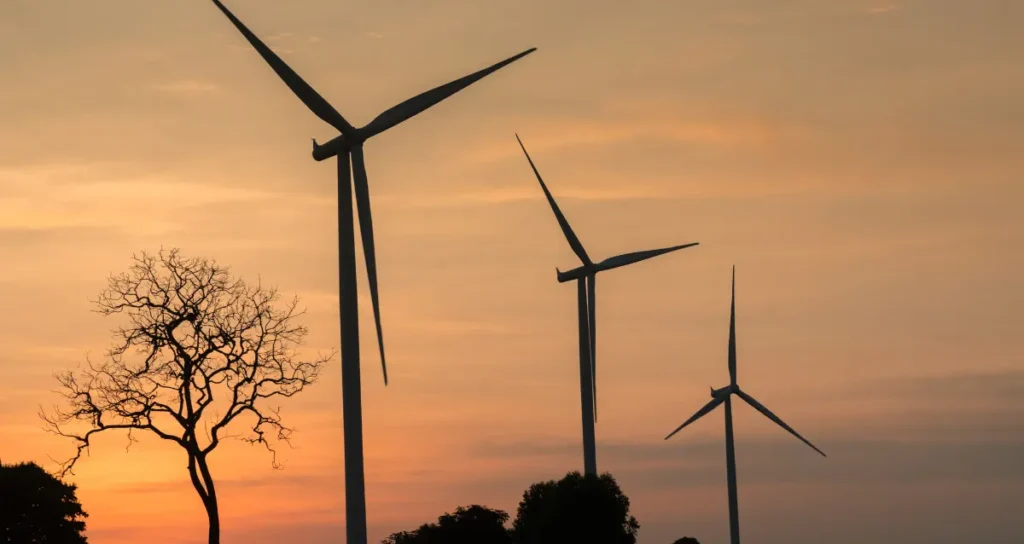
Wind Turbines
Types of Wind Turbines
Wind turbines harness the kinetic energy of wind to generate electricity. There are two main types of wind turbines for off-grid applications:
- Horizontal-axis wind turbines (HAWTs): These are the most common type, with blades rotating around a horizontal axis parallel to the wind direction.
- Vertical-axis wind turbines (VAWTs): In these turbines, the blades rotate around a vertical axis, making them suitable for areas with turbulent wind patterns.
Factors to Consider for Wind Turbines
When considering wind turbines for off-grid power, it is important to evaluate the following factors:
- Wind resource assessment: Determine the average wind speed and consistency in your area to ensure adequate wind resources.
- Turbine size and capacity: Choose a turbine size that matches your energy needs and available space.
- Tower height: Taller towers generally provide better access to stronger and more consistent wind resources.
- Zoning regulations: Check local regulations and obtain necessary permits for installing wind turbines.
Pros and Cons of Wind Turbines
Pros:
- Renewable and sustainable energy source
- No emissions or fuel costs
- Can be combined with other power sources (hybrid systems)
- Suitable for areas with consistent wind resources
Cons:
- Intermittent power generation due to variable wind speeds
- Potential noise pollution and visual impact
- High initial installation costs
- Requires proper site selection and wind resource assessment
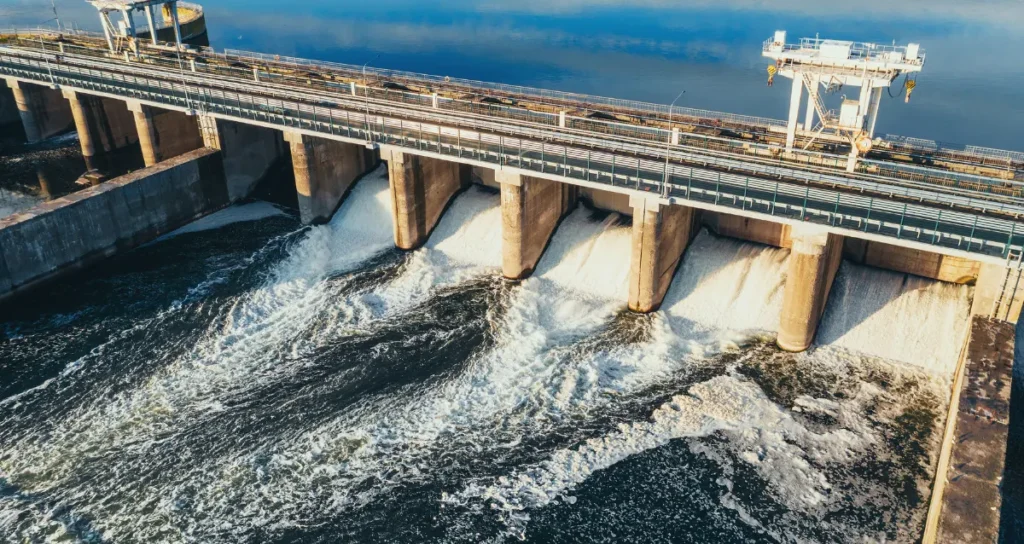
HydroPower Systems
Micro-Hydro Power Systems
Micro-hydro power systems generate electricity by harnessing the kinetic energy of flowing water, such as streams, rivers, or man-made channels. These systems are typically suitable for off-grid applications where a reliable water source is available.
Factors to Consider for HydroPower Systems
When evaluating micro-hydro power systems, consider the following factors:
- Water flow rate: Assess the available water flow rate to determine the potential power output.
- Head (vertical drop): The greater the head, or vertical drop of the water source, the higher the potential energy output.
- Environmental impact: Ensure that the hydro system does not disrupt the local ecosystem or interfere with other water users.
- Permitting and regulations: Check for any local regulations or permits required for installing a micro-hydro system.
Pros and Cons of Hydro Power Systems
Pros:
- Renewable and sustainable energy source
- Consistent and reliable power generation
- Low maintenance costs
- Long lifespan of hydroelectric systems
Cons:
- Requires a suitable water source with an adequate flow rate and head
- Initial installation costs can be high
- Potential environmental impact on aquatic ecosystems
- Limited scalability for larger energy needs
Fuel-Based Generators
Gasoline Generators
Gasoline generators are a popular choice for off-grid power backup due to their portability and widespread availability of fuel. They use gasoline engines to generate electricity and can provide a reliable source of power during outages or in remote locations.
Propane Generators
Propane generators operate using liquefied petroleum gas (LPG) as fuel. They offer similar functionality to gasoline generators but are generally more eco-friendly and produce fewer emissions. Propane is also a relatively stable fuel source, making it a convenient option for off-grid living.
Diesel Generators
Diesel generators are known for their durability, fuel efficiency, and ability to provide high power output. They typically have longer run times than gasoline generators and are well-suited for heavy-duty applications or as a backup power source for off-grid homes and businesses.
Pros and Cons of Fuel-Based Generators
Pros:
- Portable and readily available fuel sources
- Capable of providing high-power output
- Suitable for backup power or temporary off-grid situations
- Relatively low initial costs compared to renewable systems
Cons:
- Non-renewable and environmentally harmful fuel sources
- Ongoing fuel costs and maintenance requirements
- Noise pollution and exhaust emissions
- Limited runtime and need for frequent refueling
Hybrid Power Systems
Hybrid power systems combine two or more different energy sources to provide a more reliable and efficient off-grid power solution. By integrating multiple technologies, hybrid systems can compensate for the limitations of individual sources and optimize energy production.
Solar-Wind Hybrid Systems
Solar-wind hybrid systems combine photovoltaic (PV) panels and wind turbines to harness both solar and wind energy. This approach ensures a more consistent power supply, as solar panels generate energy during daylight hours, while wind turbines can produce power at night or during periods of low sunlight.
Solar-Generator Hybrid Systems
Solar-generator hybrid systems integrate PV panels with a fuel-based generator. The solar panels serve as the primary power source, while the generator acts as a backup or supplementary source during periods of high energy demand or low sunlight. This combination can provide a reliable and efficient off-grid power solution.
Pros and Cons of Hybrid Power Systems:
Pros:
- Increased reliability and consistent power supply
- Optimized energy production by leveraging multiple sources
- Reduced dependence on any single energy source
- Potential for cost savings through efficient energy management
Cons:
- Higher initial investment costs for multiple system components
- Increased complexity in system design and integration
- Ongoing maintenance requirements for multiple components
- Potential for fuel-based components to contribute to environmental impact
Conclusion
Choosing the best off-grid power source depends on various factors, including your energy requirements, local environmental conditions, budget, and personal preferences. Solar power systems, wind turbines, and hydropower systems offer renewable and sustainable options, while fuel-based generators provide a more portable and readily available solution.
Hybrid systems can combine the advantages of multiple sources for increased reliability and efficiency. Ultimately, the decision should be based on a careful evaluation of your specific needs, resources, and long-term goals. Consulting with professionals and conducting thorough research can help you make an informed choice and ensure a successful transition to off-grid living.
FAQs
How do I determine the right size of an off-grid power system for my needs?
To determine the appropriate size of an off-grid power system, you need to calculate your total energy consumption by inventorying all your electrical appliances, their power ratings, and estimated usage patterns. This will help you estimate the required capacity for your power system components, such as solar panels, wind turbines, or generators.
Can I install an off-grid power system myself, or do I need professional assistance?
While some smaller systems may be suitable for DIY installation, it is generally recommended to seek professional assistance, especially for larger or more complex off-grid power systems. Professional installers have the expertise and experience to ensure proper system design, installation, and integration, ensuring optimal performance and safety.
How long do off-grid power systems typically last?
The lifespan of an off-grid power system depends on the specific components and proper maintenance. Solar panels and wind turbines can last 20-30 years or more, while batteries may need replacement every 5-10 years. Fuel-based generators have a shorter lifespan and may require more frequent maintenance or replacement.
Are there any government incentives or rebates available for installing off-grid power systems?
Yes, many governments offer incentives and rebates to encourage the adoption of renewable energy sources, including off-grid power systems. These incentives can vary by location and may include tax credits, grants, or other financial assistance. It’s essential to research the available programs in your area. It also wouldn’t hurt to have a tax calculator handy as well.
Can I combine multiple off-grid power sources, like solar and wind, in a hybrid system?
Yes, combining multiple off-grid power sources in a hybrid system is an excellent way to increase reliability and optimize energy production. Solar-wind hybrid systems and solar-generator hybrid systems are popular options that leverage the strengths of different technologies while mitigating their limitations.
FURTHER READING

